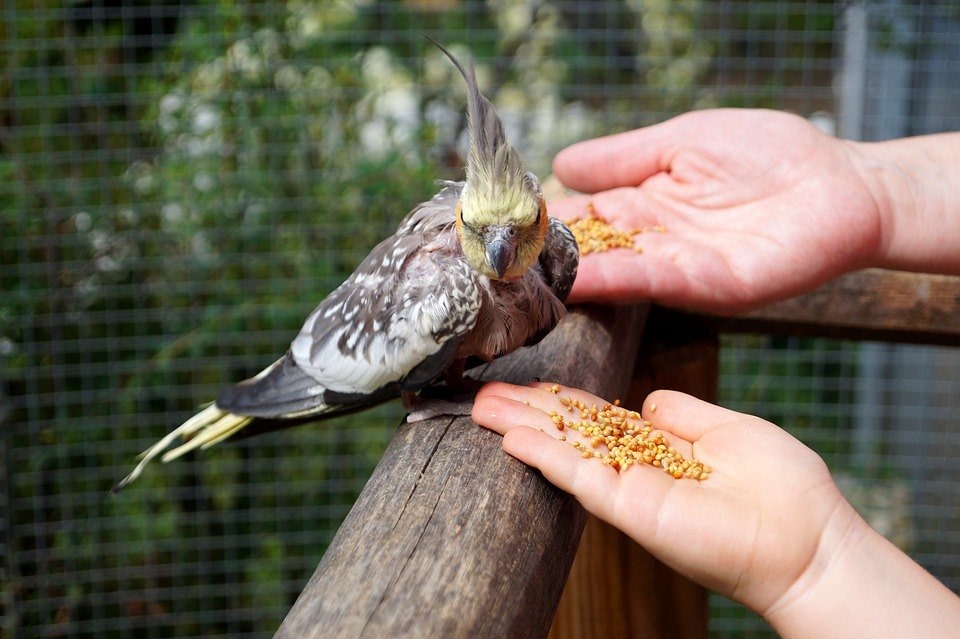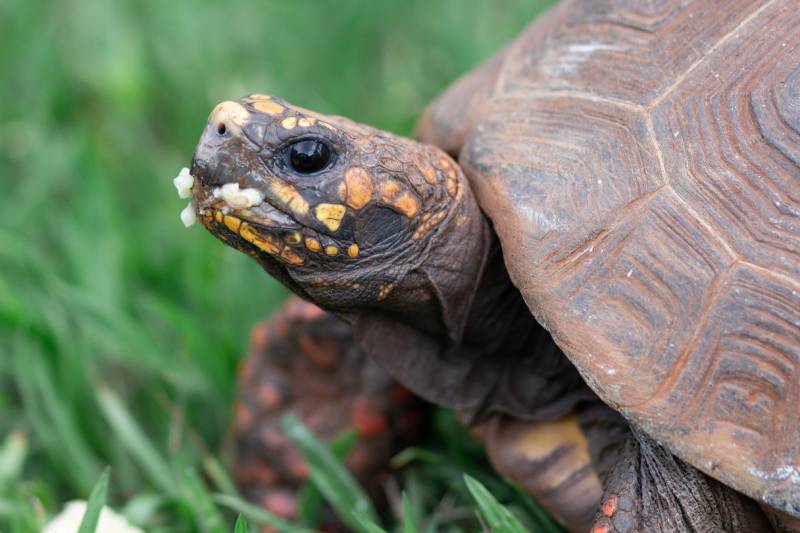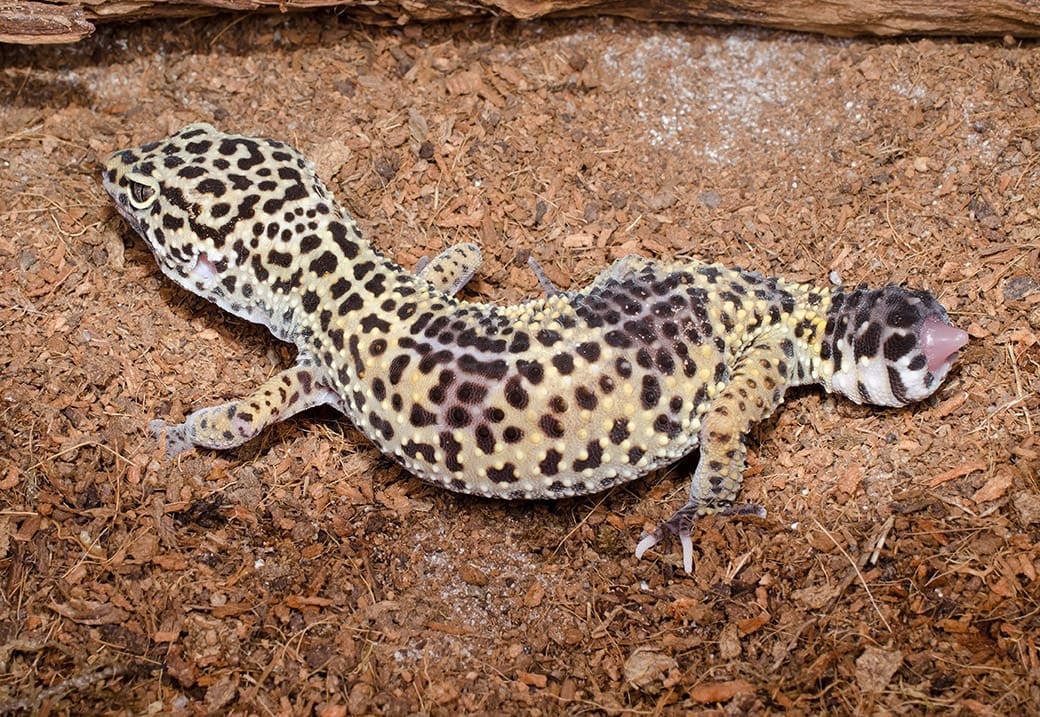Cockatiels are very social creatures that make wonderful pets. While they may be nervous when you first bring them home, they become very close with their human owners. In this article, we have compiled some of the best tips for bonding with and welcoming your cockatiel into your home.

Top 5 Tips for Bonding With Your Cockatiel
1. Let Your Bird Settle In
When you first bring your cockatiel home, adjusting to the new environment will probably take some time. In fact, it could take up to 2 weeks for your cockatiel to settle into the new surroundings. Other than giving them some space at first, there are a few steps you can take to prepare your cockatiel’s cage in order to make sure that they are as comfortable as possible.
Your Cockatiel’s Cage
Ensure your cockatiel’s cage has plenty of room for them to spread their wings without brushing up against the sides of the enclosure. If possible, buy a rectangular cage as opposed to a round one. Not only will your bird feel more comfortable, but a rectangular cage with evenly spaced bars is usually the safer choice. In a round cage, the bars taper at the top, creating small crevices in which a bird’s leg, tail, beak, or other body parts can easily get caught.
Rectangular cages are also usually easier to clean than round cages. Provide your cockatiel with plenty of perches throughout the cage, as well as a food and water bowl that is on the same level as the perches. That way, you will prevent your cockatiel’s droppings from contaminating the food and water.
When looking for the best place to put your cockatiel’s cage, choose an area where you and your family spend a lot of time. Cockatiels are social creatures that typically enjoy interacting with their human owners. Your bird may be nervous at first, but this is also a great way to get them used to the activity in your home without you having to get too close initially.
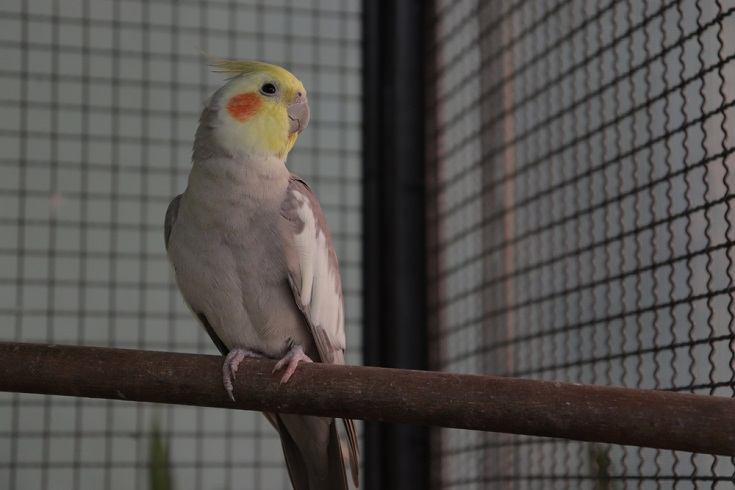
2. Approach Your Cockatiel’s Cage Slowly
Once your cockatiel has had an opportunity to settle into their new environment, you can slowly approach the cage. Talk to your bird with a soft voice and approach when the house is relatively quiet so that they remain calm throughout the interaction. You should keep interactions short at first, gradually increasing the amount of time as your cockatiel starts to become more comfortable with you.
Housing a cockatiel isn’t as easy as it sounds. Whether you’re setting up your first cage or looking to upgrade your cockatiel’s home, check out the well-researched book The Ultimate Guide to Cockatiels, available on Amazon.

This excellent resource is packed with information about choosing the ideal perch, selecting the best cage design and positioning, helping your cockatiel adjust to its new home, and much more!
3. Set Aside Time for Daily Interactions
As mentioned, cockatiels are social creatures that enjoy interacting with you, especially once they have gotten comfortable around you. Aim to spend around an hour per day interacting with your bird. You can spend the time talking to your bird, playing with toys they like, and eventually handling them.
Build Up to Handling Your Cockatiel
Don’t try to handle your cockatiel right away, or you might startle them. First, you can get your bird to feel more comfortable with you by offering treats whenever you open the cage. Don’t attempt to take them out yet; just speak softly and offer treats. Once your cockatiel reaches a certain comfort level, you can start putting your hand further into the cage. We recommend wearing a leather glove in case they try to bite you out of fear. Continue using treats during this process.
Eventually, you can begin to stroke your cockatiel. Again, using the leather glove, gently place your finger on their abdomen. You can begin stroking them if they seem comfortable, and they may move to your finger. Use your other hand to support your bird’s wings and back. Give them a treat to positively reinforce the experience of being held.
Cockatiels are intelligent birds that can learn tricks and commands such as “step up.” Every time you tell them to “step up,” they will know that they are about to get some time outside of the cage and will willingly step onto your finger to be handled. If you can avoid it, never reach into the cage to try and grab your bird without their permission; they will interpret this as a violation of their space and may become frightened.
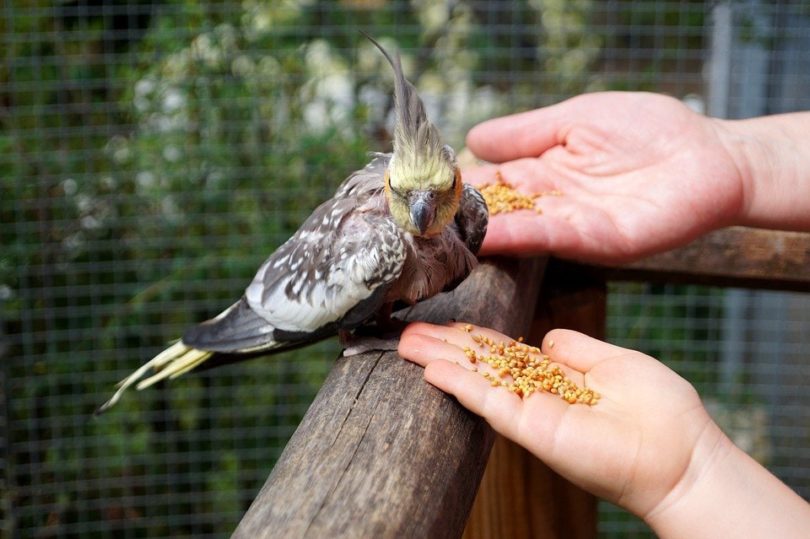
4. Stick to a Regular Feeding Schedule
Sticking to a regular feeding schedule is another great way to get your bird to trust and bond with you. Your cockatiel will learn that they depend on you to take care of their needs. You can even hand-feed them every once in a while to further strengthen their trust, but make sure they know how to eat from their food bowl so that they don’t become dependent on hand-feeding.
You can take feeding-time bonding to the next level by opting to eat with your bird from time to time. Wild cockatiels share their meals, and you can imitate this social interaction with your pet. Keep in mind that you should always wash your hands before eating your meal, especially if you hand-fed your bird.
5. Play With Your Cockatiel
Cockatiels love to play and learn new tricks. Interacting with your cockatiel in this way will not only strengthen your bond but also provide your bird with the mental stimulation they need. There are many bird toys that you can purchase for your pet. In addition to interactive toys that you can toss to your bird, you should also invest in wooden chew toys made for birds.
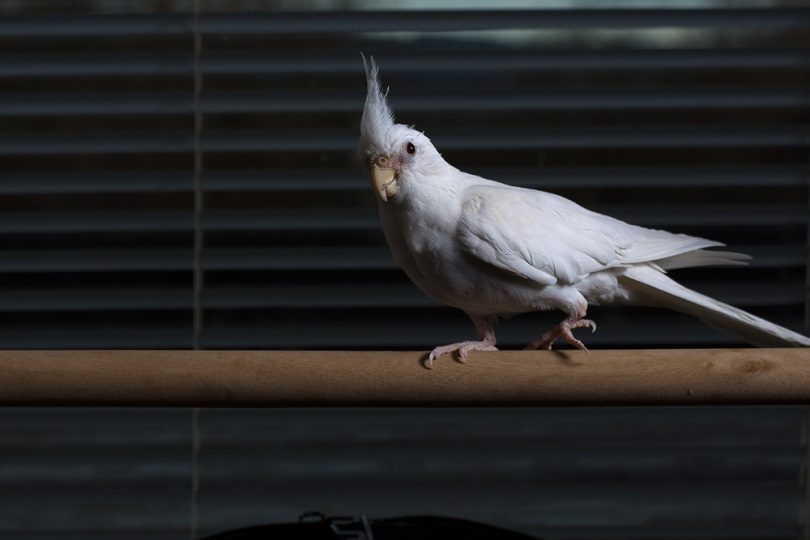

Summary
While cockatiels are friendly and social animals, it will likely take your bird a little bit of time to get used to you and your home. They are known for being skittish and may be frightened if you try to rush into touching or handling them too quickly. With a little patience, however, you should be able to form a bond with your cockatiel in no time.
Related Reads:
Featured Image Credit: rainyclub, Shutterstock
